
Plastic bottle greenhouse
You’ll need
- Clean, empty plastic bottles (500ml)
- Clean, empty plastic bottles (two litres)
- Access to water
- Scissors
- Drill
- Bamboo canes
- Hammer
- Nails
- Lollipop sticks
- Permanent markers
- Wood (Choose a softwood like pine or cedar to make it easier to cut. Consider using recycled wood to keep costs down and make the structure even more environmentally friendly.)
- Wood screws and screwdriver
- Hand saw
- Bubble wrap (optional)
- Hinges (optional – a door may not be necessary for your design)
Before you begin
- Encourage everyone to save the plastic bottles they use. Consider setting up a plastic bottle collection space in a school, library, shopping centre or other local area.
- Decide on a location for your plastic bottle greenhouse. Get permission before building the greenhouse in a communal space.
- Plan the size and shape of the greenhouse to estimate how many plastic bottles and how much wood you will need.
Safety checklist
Use the safety checklist to help you plan and risk assess your activity. Additional coronavirus-related controls to think about may include:
- Set up a hand washing station that you can use throughout the session.
- Wash hands before and after using any shared equipment and after handling earth.
- Clean any shared equipment before and after use.
- Remind everyone to stay a safe distance apart at all times.
Make plastic fantastic
- Everyone should clean the bottles. Soak them to remove any labels. Remove the caps and recycle them.
- Use scissors to cut off the bottom of each bottle, so they become a plastic tube.

- Plan the size of your greenhouse. Screw together wooden frames that will support the plastic bottle walls.
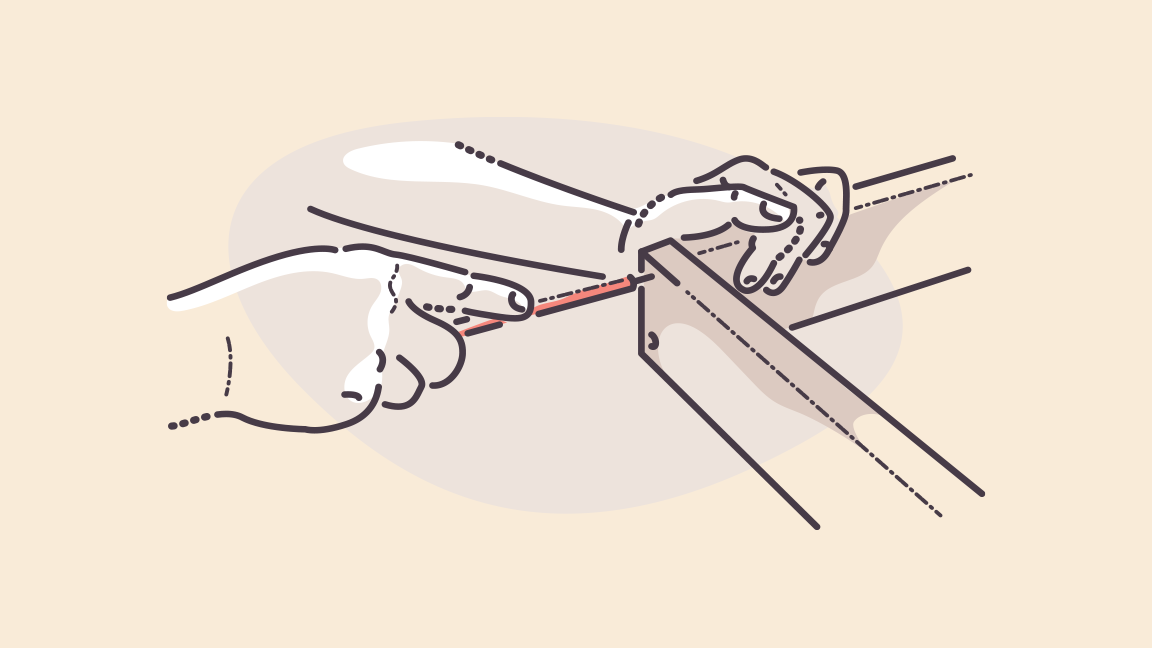
- Use saws to cut the bamboo canes to the size of the frames.
- Everyone should help to thread bottles onto the bamboo canes, ensuring the necks of the bottles all point the same way.
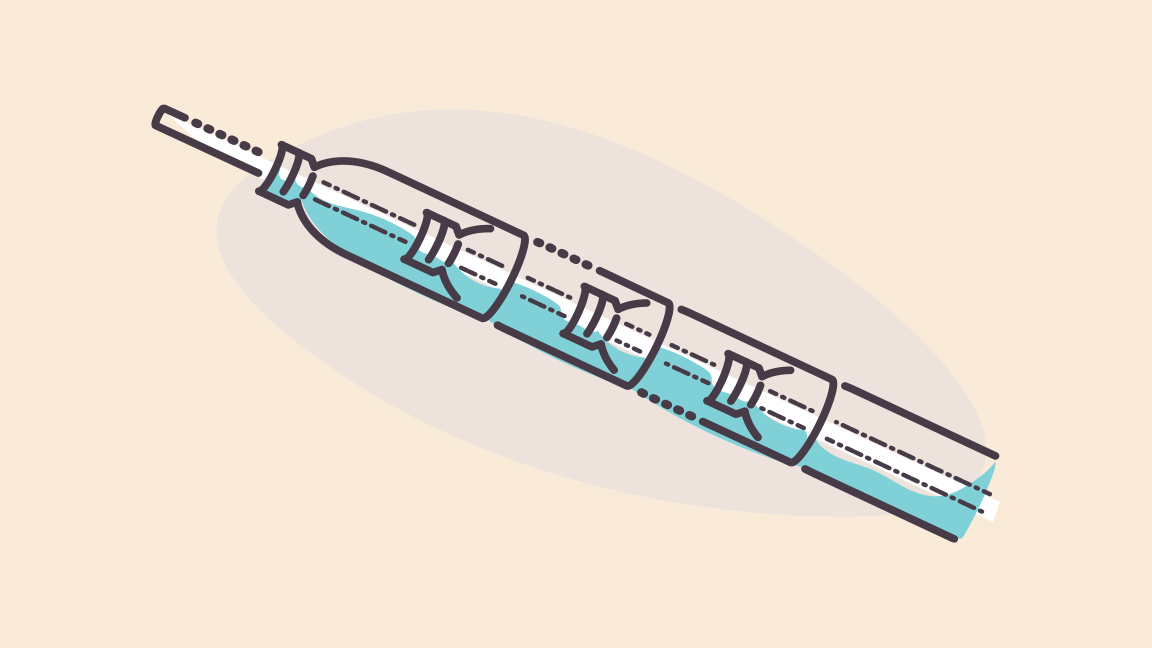
- Nail the canes to the frames until you have completed the walls of the greenhouse.
- Create panels to form the roof in the same way.
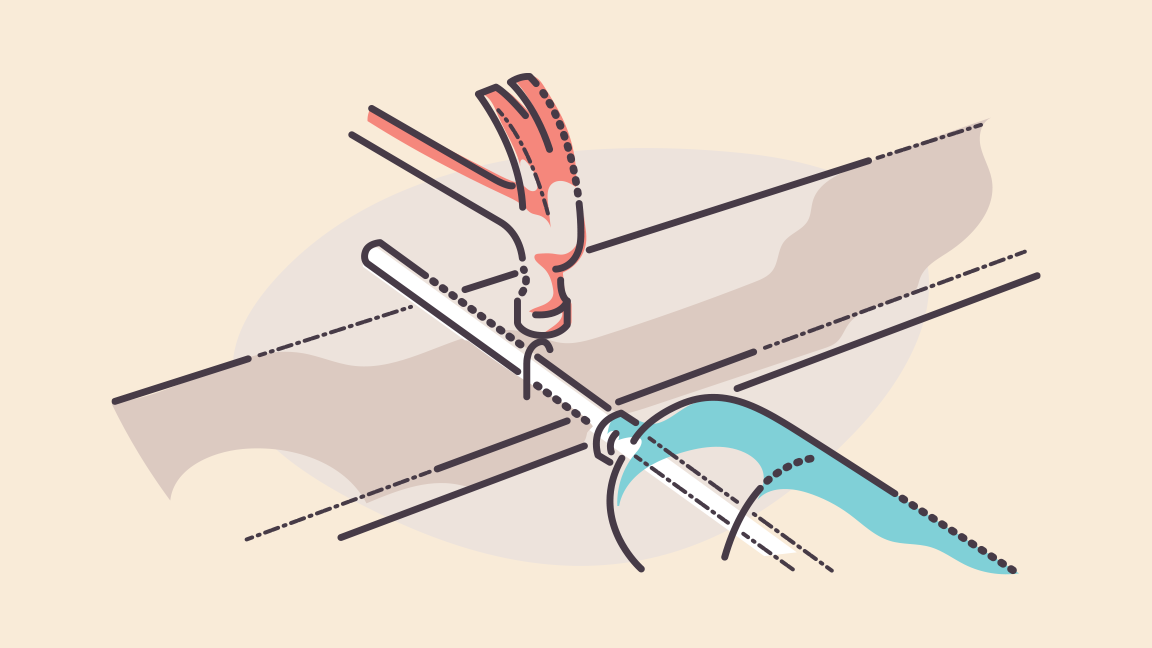
- If the greenhouse is big enough to stand up in, create a door by fixing hinges to one of the frames. Make the door slightly smaller than the inside of the frame so that it will open and close even if it swells in the rain.
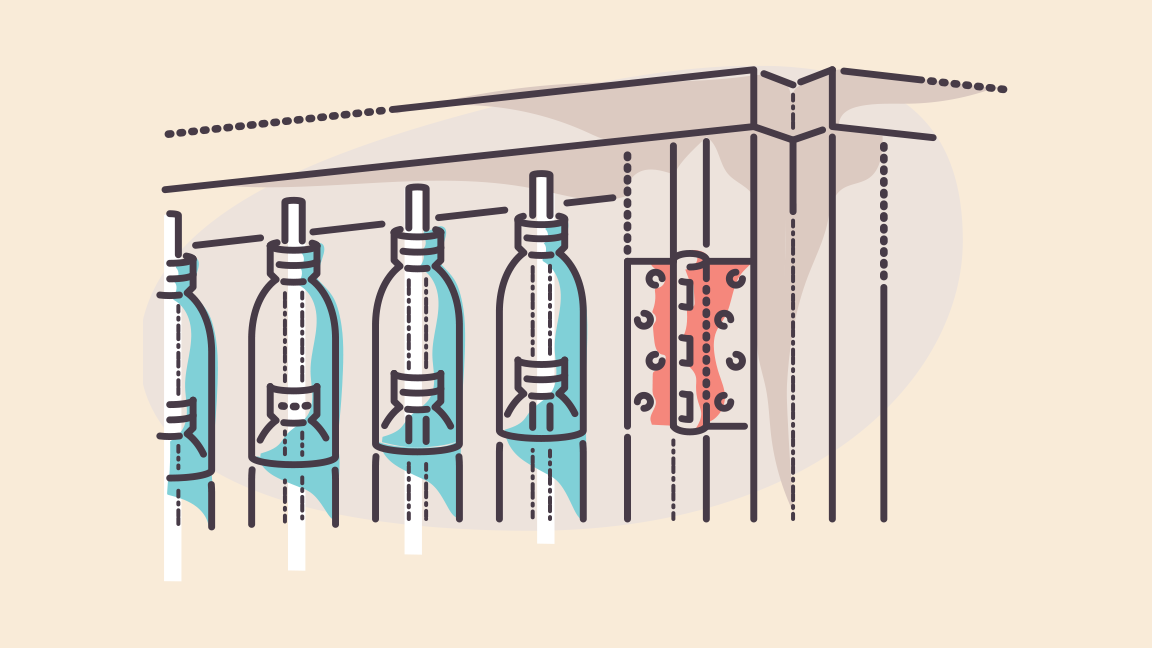
- Everyone should help with finding any gaps between the walls and ceiling of the greenhouse. Use bubble wrap to insulate the inside and keep the greenhouse warm.

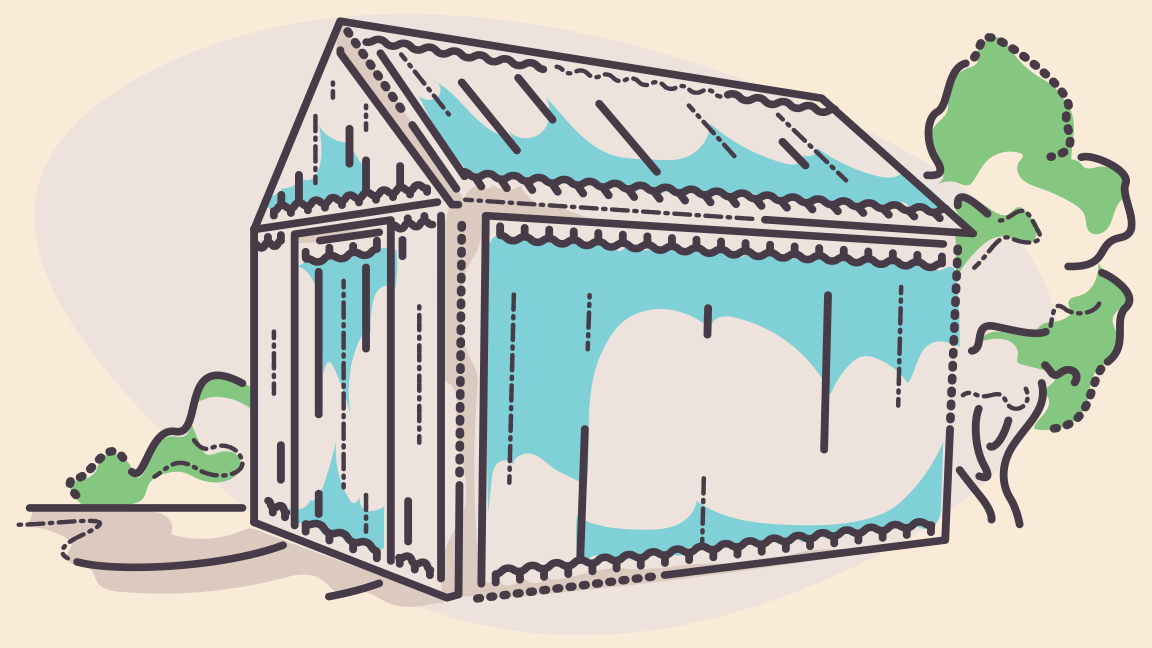
Pick your plants
- Everyone should discuss what to plant in the greenhouse.
- Everyone should try planting small plants or seeds.
- Label the plants by writing their names on lollypop sticks with marker pens.
- Everyone should help plan times to visit the greenhouse. Ensure the plants stay well fed and watered, and harvest any vegetables that have grown.
The best vegetables to grow in colder months include:
- broccoli
- brussels sprouts
- cabbage
- carrots
- leeks
- lettuce
- onions
- peas
For warmer weather, have a go at:
- cucumbers
- peppers
- potatoes
- squash
- tomatoes
There are lots of flowers that thrive in greenhouses, and Growing Greenhouse has created a handy reference guide with pictures.
The best flowers for greenhouses tend to be varieties of these families:
- begonia
- carnation
- chrysanthemum
- cineraria
- fuchsia
- impatiens
- kalanchoe
- pelargonium
- primula
- streptocarpus
Greenhouses allow us to grow plants which typically can’t grow in the UK due to the climate. If you fancy experimenting, you could try growing:
- bananas
- cactuses
- ginger lilies
- hibiscus
- orchids
- papaya
- pineapples
Reflection
This activity was about valuing the outdoors by creating a new space to grow plants, and helping your community by preventing plastic bottles from going to landfill or littering the local area. While plastic has its uses, it takes a very long time to break down when thrown away. It also harms wildlife and release chemicals into the land or water. We need to find as many ways as possible to reuse plastics. What uses does plastic have and why do you think it’s a good material to make greenhouses from? What other things could you do with plastic bottles and other containers to reuse them in a new way?
Safety
All activities must be safely managed. You must complete a thorough risk assessment and take appropriate steps to reduce risk. Use the safety checklist to help you plan and risk assess your activity. Always get approval for the activity, and have suitable supervision and an InTouch process.
- Gardening and nature
Everyone must wash their hands after the activity has finished. Wear gloves if needed. Explain how to safely use equipment and set clear boundaries so everyone knows what’s allowed.
- Hand and electric tools
Inspect tools for any damage before each use. An adult should supervise people using tools, and people should follow instructions on how to use them correctly and safely. Tools should be properly maintained and kept sharp.
Use an appropriate surface and make sure materials are stable and supported when you’re working on them. You should cut and drill away from the body and in an area clear of other people. Be extra cautious of trailing cables and water when using electric tools. Always use a cordless tool if one’s available.
- Rubbish and recycling
All items should be clean and suitable for this activity.
- Scissors
Supervise young people appropriately when they’re using scissors. Store all sharp objects securely, out of the reach of young people.
- Sharp objects
Teach young people how to use sharp objects safely. Supervise them appropriately throughout. Store all sharp objects securely, out of the reach of young people.
Make the structure as simple or complex as you want. You can scale the greenhouse down so it houses only one or two plants.
The person leading the activity can take a step back or get more involved depending on how the group is getting on.
All Scout activities should be inclusive and accessible.
If you are growing vegetables, consider organising a local food festival where you make dishes using the different vegetables you’ve grown.
Get everyone involved in designing the greenhouse and deciding what to grow.



